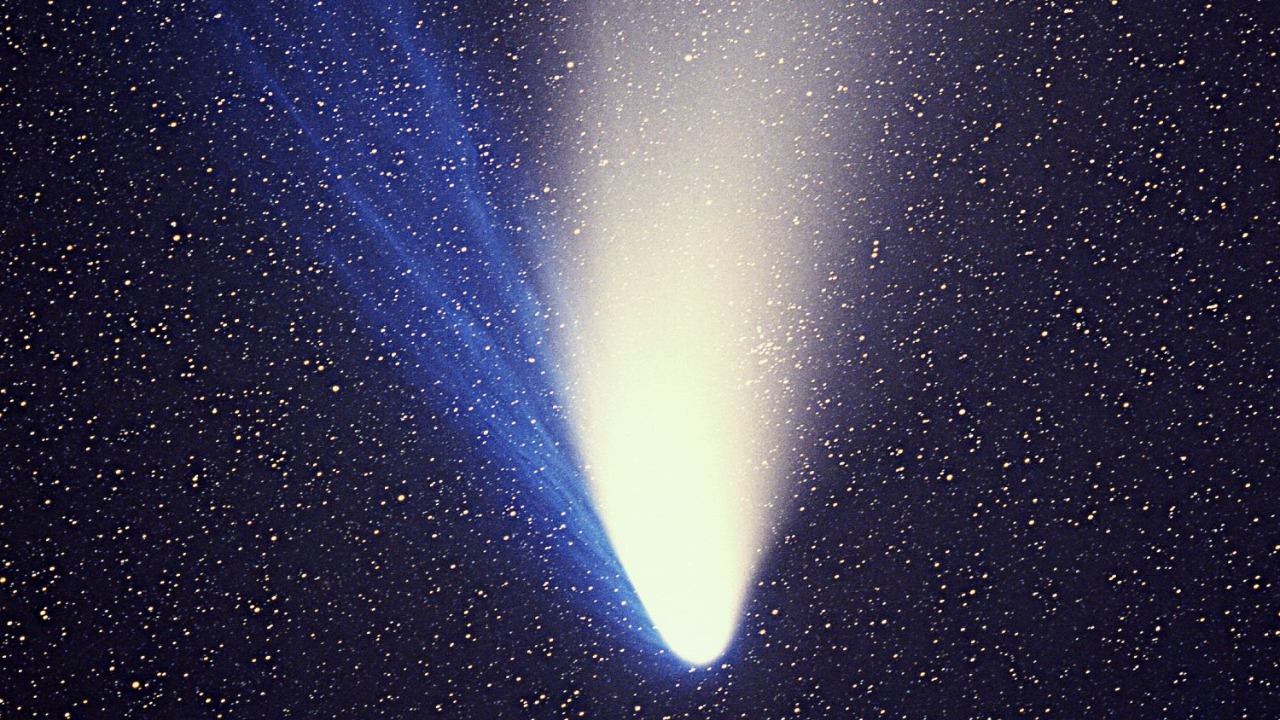
Astronomers have achieved a groundbreaking milestone by capturing the first-ever real-time observation of rings forming around a distant comet within our solar system. Announced on October 20, 2025, this discovery unveils dynamic processes occurring in real time, offering fresh insights into the evolution of planetary structures. This event builds on earlier findings from July 2025, where scientists witnessed the birth of a solar system through unprecedented imaging, marking a pivotal moment in understanding solar system formation.
The Historic Ring Formation Observation
In a remarkable achievement, scientists have documented the real-time formation of rings around a distant comet, marking the first instance of such an observation in our solar system. This comet, now a focal point of astronomical study, has been identified as the “solar system world” where these rings are emerging. The significance of this event lies in its novelty; never before have scientists been able to watch rings forming around a solar system body as it happens. This was highlighted in the October 23, 2025, announcement, which underscored the rarity and immediacy of the process. The technical feat of observing these rings in formation is a testament to the advancements in astronomical observation, capturing the comet’s dynamic activity in unprecedented detail. For more on this breakthrough, visit Space.com.
Earlier Glimpses into Solar System Birth
Earlier in July 2025, astronomers made headlines by spotting the beginning of a solar system for the first time. This initial imaging captured the formative stages that could potentially lead to ring structures, providing a foundational context for later discoveries. The parallel breakthrough on July 16, 2025, when astronomers observed a solar system being born, offered critical insights into the early disk formations that align with the mechanics of ring development. These observations, detailed in a Popular Mechanics report, have set the stage for understanding how such structures evolve over time.
On July 21, 2025, scientists further expanded our understanding by witnessing the birth of a solar system, revealing early disk formations that are crucial to the mechanics of ring development. This observation, as reported by Popular Science, provided a glimpse into the processes that could lead to the formation of rings, aligning with the recent comet observations. These foundational discoveries have paved the way for the real-time ring formation study, offering a broader context for understanding planetary evolution.
Scientific Methods and Technologies Involved
The real-time monitoring of the distant comet’s ring formation was made possible through advanced observational techniques. These methods, which enabled the October 20, 2025, detection, involved cutting-edge imaging technologies that captured the comet’s dynamic processes with high precision. The tools used in this study are a testament to the technological advancements that have revolutionized our ability to observe distant celestial phenomena. For a detailed account of these methods, refer to New Scientist.
Similarly, the imaging advancements from the July 16, 2025, solar system birth spotting involved high-resolution captures that were essential for tracing ring precursors. These technologies, as highlighted in a Science Blog report, have been instrumental in facilitating the real-time observation of ring formation. The instrumentation behind the first-ever solar system birth observation on July 16, 2025, has set a precedent for future studies, enabling scientists to capture celestial events with unprecedented clarity.
Implications for Planetary Science
The milestone of observing rings forming around a solar system world on October 23, 2025, has profound implications for models of comet and planetary evolution. This observation reshapes our understanding of how such features emerge and evolve, providing real-time data that validates existing formation hypotheses. The insights gained from this study are expected to influence future research directions, potentially extending to exoplanet studies and beyond. For more on the implications of this discovery, see the Space.com article.
The July 21, 2025, witnessing of a solar system birth has also contributed to broader theories on ring origins. By providing real-time data, these observations have validated formation hypotheses and offered a new perspective on planetary evolution. The implications of these findings extend beyond our solar system, inspiring future research that could apply these insights to the study of exoplanets and other celestial bodies. As scientists continue to explore these phenomena, the potential for new discoveries remains vast, promising to deepen our understanding of the universe.
More from MorningOverview